We create exciting designs based on the circular economy, through a creative workshop of constant search and experimentation, made up of a collaborative team.
Atelier = A workshop or studio, specially one used by an artist or a designer.
It’s not unusual that we see or use a space without really noticing what´s the intent behind it or what happened that made us use it in a certain way.
Behind every project there are infinite factors that define the “user experience”. Sometimes they`re tangible but many, many times they are intangible to us. There isn’t always a straight line when it comes to the process and the genesis of a project. Specially because there are several variables, from the setting and the clients, to the common exploration of the co-creative process.
Still, there is a constant creative search where, not just from architecture but from other disciplines as well, we approach an end result which will later turn into the architectonic piece itself. Beyond the trade and the science in architecture, there is Art. It’s a reflection of society, and there are several ways of channeling it. Our job is to be receptive to them, as well as to encourage their pursuit. The Atelier responds to this concept of perpetual exploration, process and evolution. It’s the physical space where multiple disciplines, stories and situations collide, catapulting us into an architecture that is more human and personalized, but strangely, also universal.
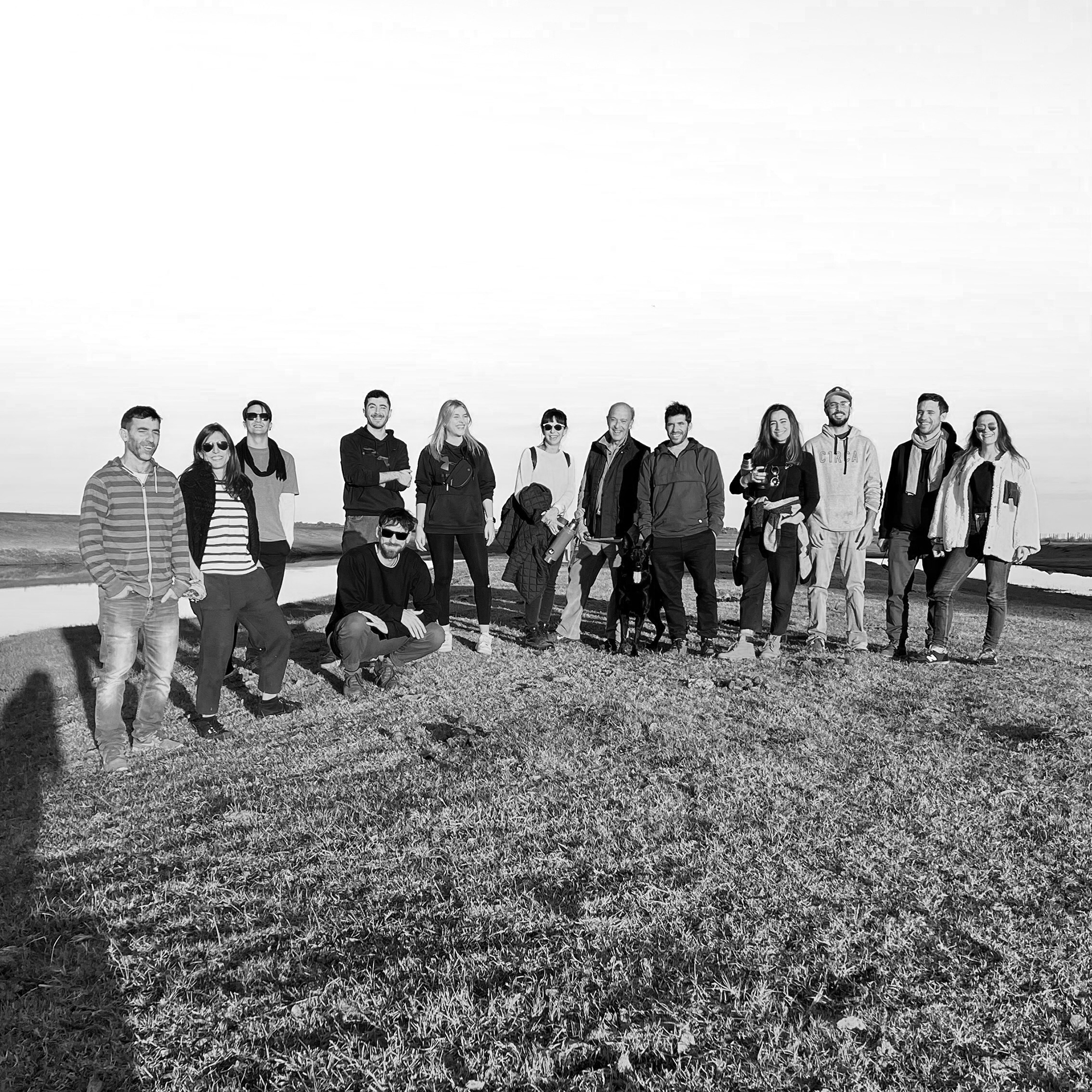
Since we are talking about art, we think of the architecture process as musical piece of pure improvisation.
We know the rules, we understand the parameters, and yet we start without really knowing the course or the result. To achieve this, we must have pure confidence and respect for the process, because it always leads to a unique and beautiful result.
Ultimately, we appreciate the experience this trade has given us, but we also very much value the result of the freedom that comes with the creative process. Evolution is constant, and every project is an instance in that progression. Each result is always better than the last since in evolution there is learning and mastery.
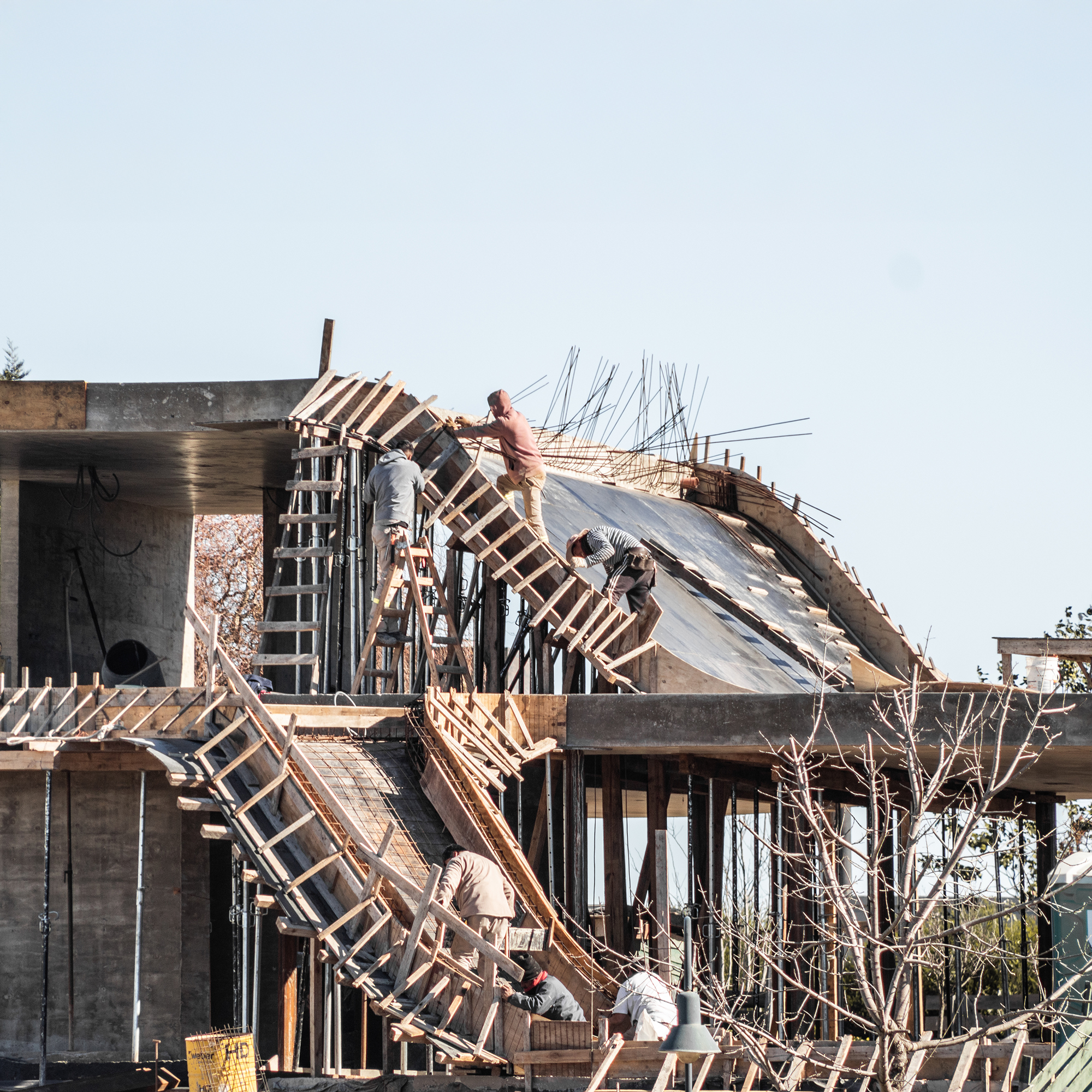
Nowadays, parametric technology has opened a world of possibilities before us. In addition to BIM documentation, we are managing a level of efficiency which allows us to keep exploring constantly.
The implementation of said technology at the service of design on the one hand, and to other ancestral trades on the other, creates unique, innovative, and simple results which would have resulted impossible even to dream about in the past.
Thus, the need for a constant exploration in techniques from different trades, also from mathematics and parametrization. Altogether, there are infinite new possibilities.
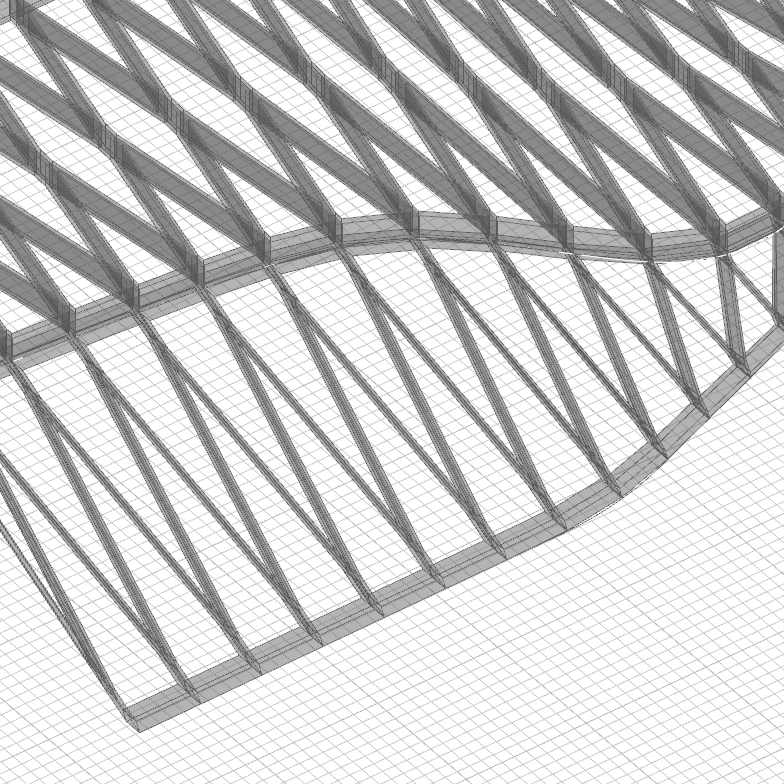
Both architecture and music influence our state on mind. They’re capable of producing unique emotions. That is no project without rhythm and structure, as there is no emotion without harmony or melody.
In the quest for emotion generators, there is a constant dance between music and architecture. Sometimes the answer comes one, and some from the other. We just have to explore and keep our senses wide open.
Music shows rhythm, silence, harmony, melody and fluidity. These notions are extremely valuable to architecture as tools for the design process.
Basically, by discussing these concepts we can see clearly how architecture and music both speak the very same language.
To listen to the composition process from musical optic: https://open.spotify.com/artist/4HMooDkAgGkywQJWViFBVs

The root of our work is always in relation with sustainability. An ideal which we conceive as a path, and not a goal itself. It’s pointless to create systems and buildings that are ultimately uninhabitable. Hence, we follow the path sustainability by incorporating habits driven by design to fuel life quality, not just from users, but for future generations.
In this day and age, we apply the concepts of ECONOMY and DURABILITY. How much does your building cost? How much does it last? How much does it consume? What impact does its construction imply?
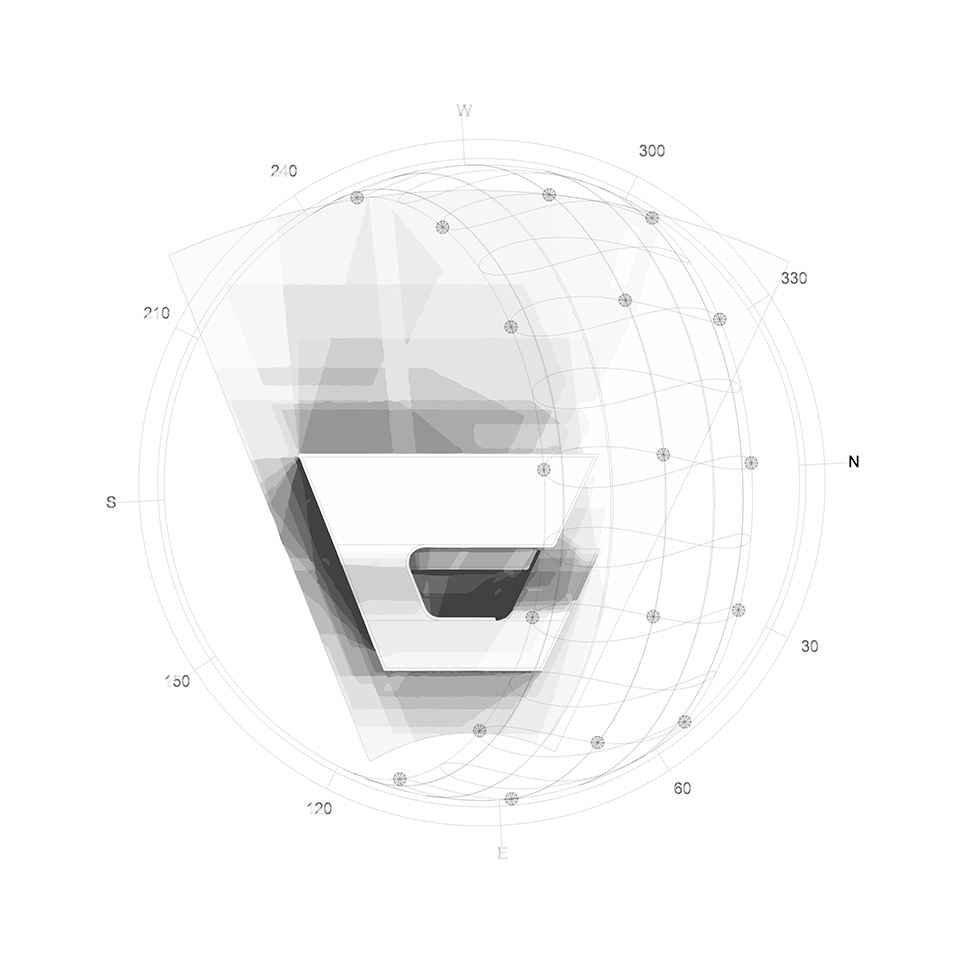
Nature doesn’t know the concept of “trash”. What perishes, comes back to life in a different way. Said underrated concept has somehow been neglected by a society that has taken upon unsustainable ways.
Therefore, the challenge is to generate closed circuits which promote behaviors with the goal of reeducating its user’s ways of inhabiting a space. Of course, the incorporation of these ways is not just up to us as designer, but it’s something that must be discussed and agreed upon by the client as well.
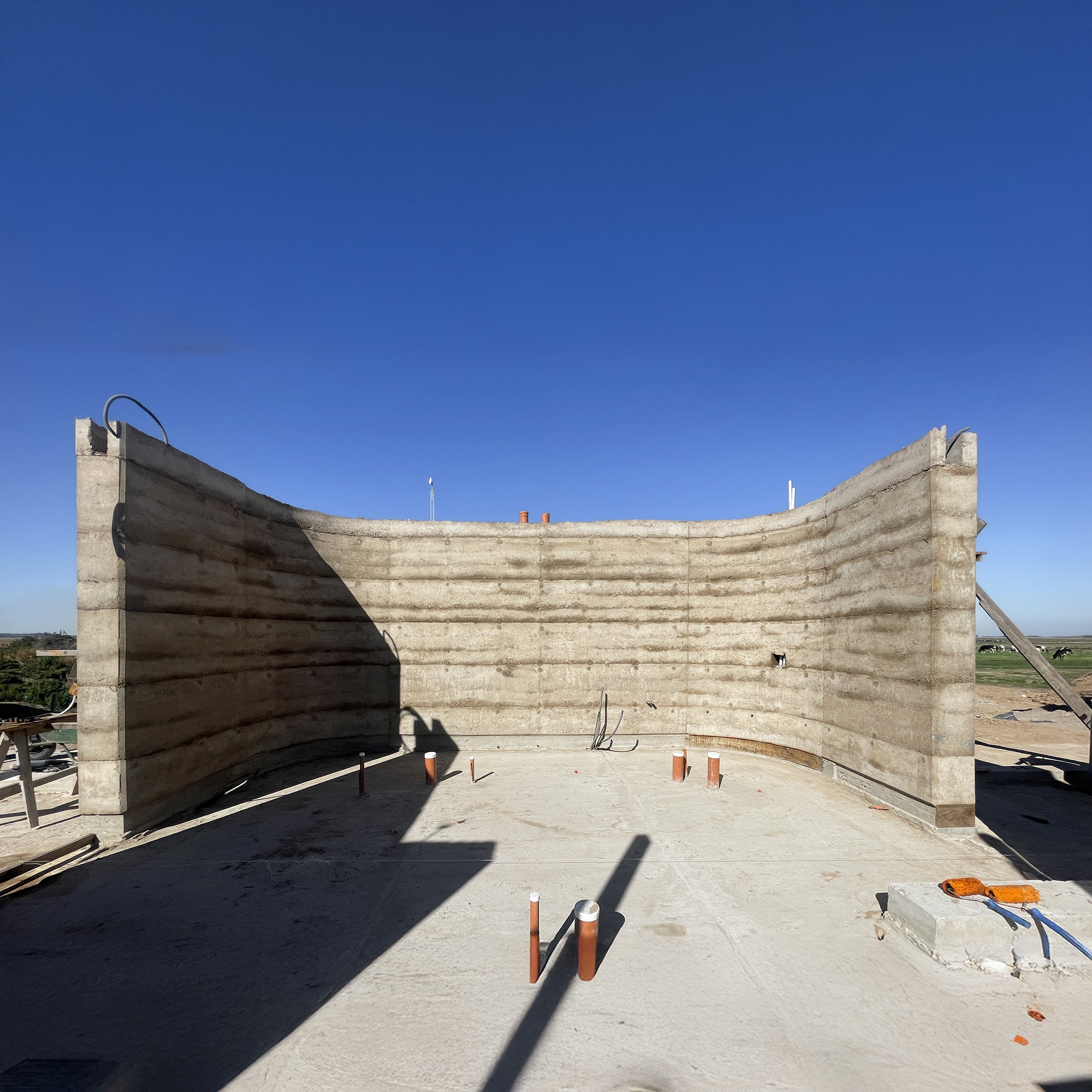
Through this path we’re following, which we are completely convinced and passionate about, there lies and ideal beyond: Productive Architecture.
Many generations have passed on the notion that inhabiting implies consumption from a network and tossing what we don’t use away without really knowing how or why we do it. Once we manage to sort these obstacles in this analytical and repetitive process, we encounter ourselves with a new challenge, which is not just to stop depending on external services, but they should be generated inhouse.
Having reached to a point of no return, we must go from theory to action, meanwhile procuring that our project/ formal decisions satisfy the programs needs as best as possible.
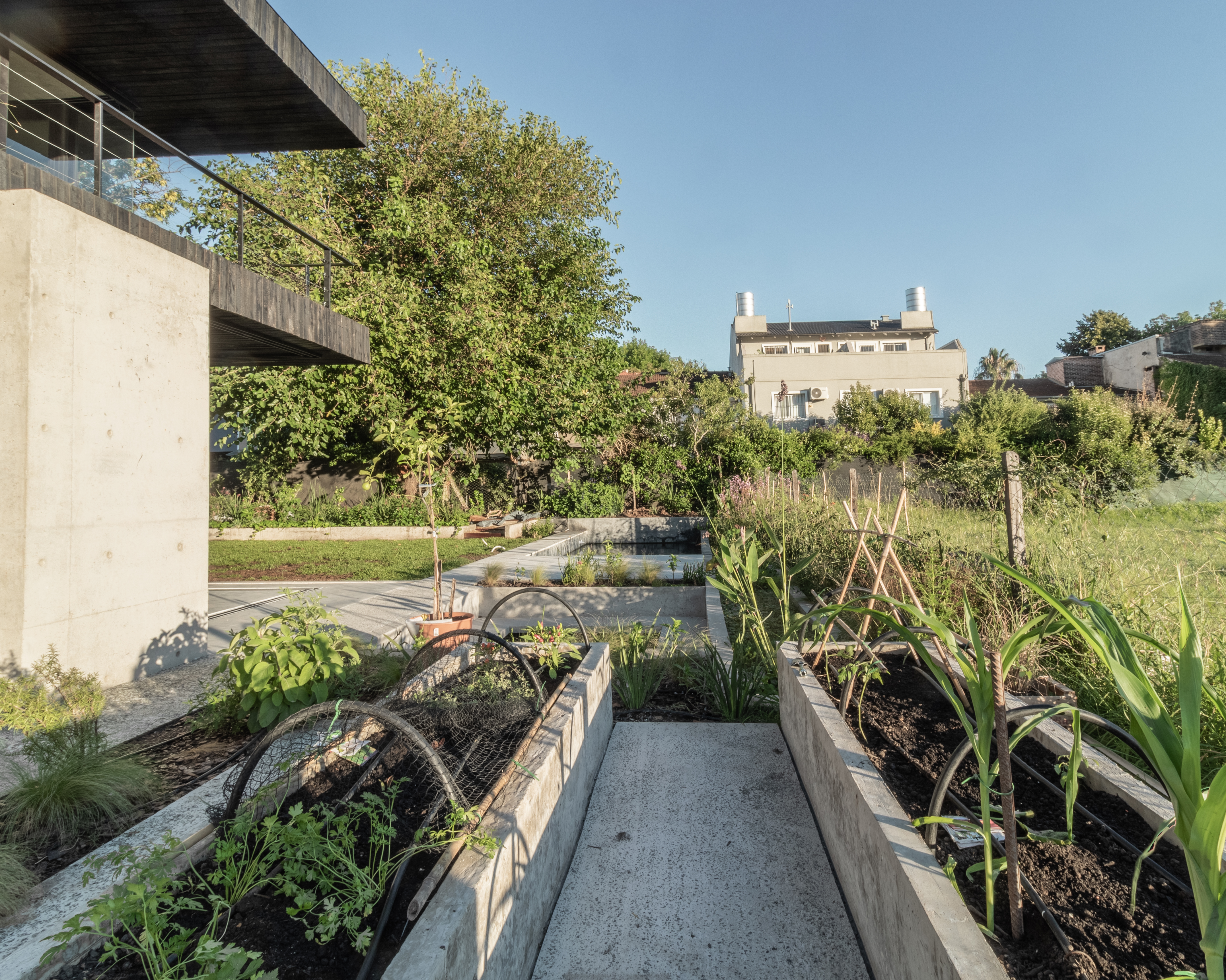
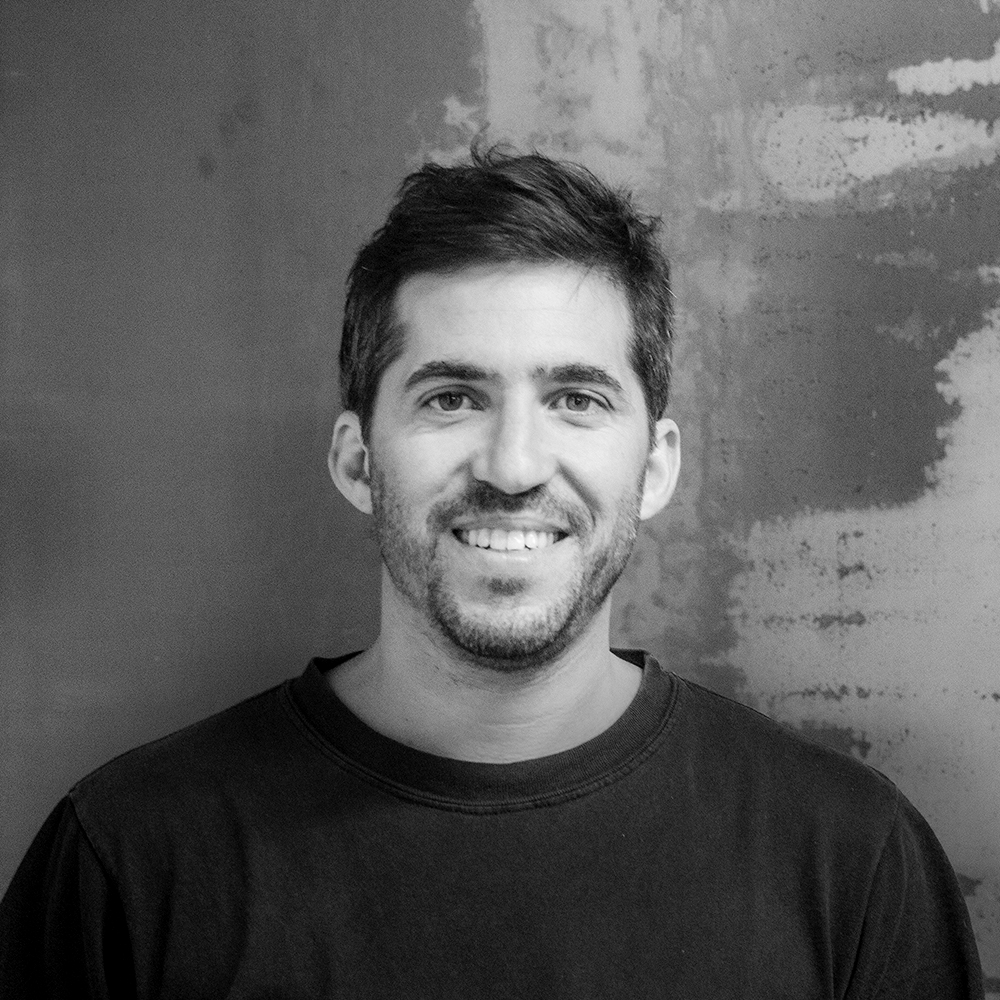
Matias Mosquera
Founder, Director
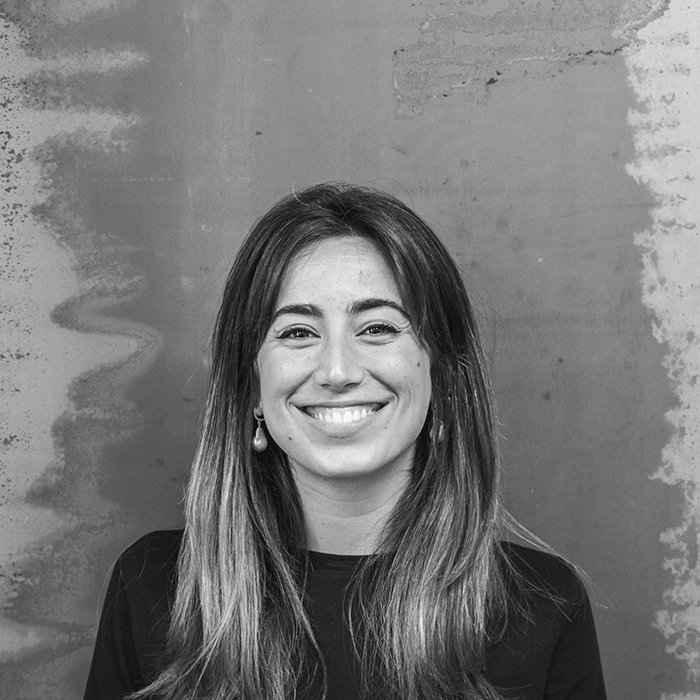
Camila Gianicolo
Architect, partner
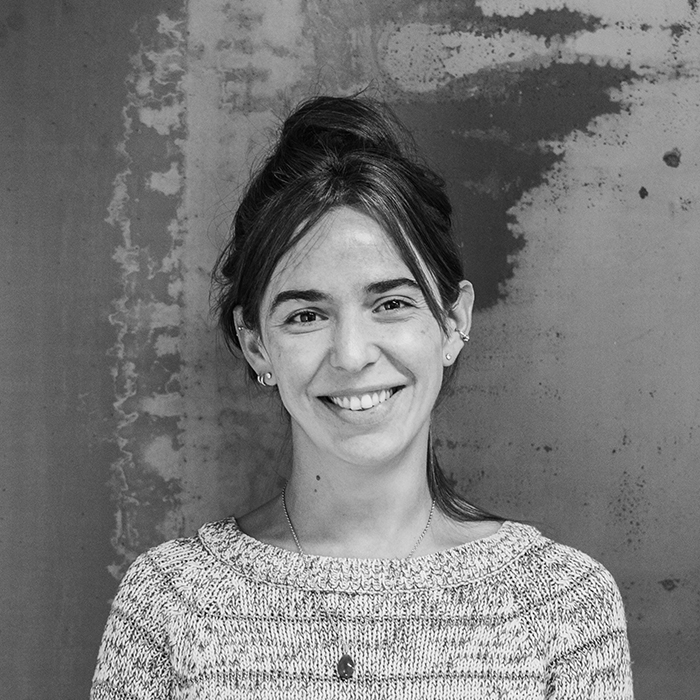
Milagros Vita
Administration and HR, partner
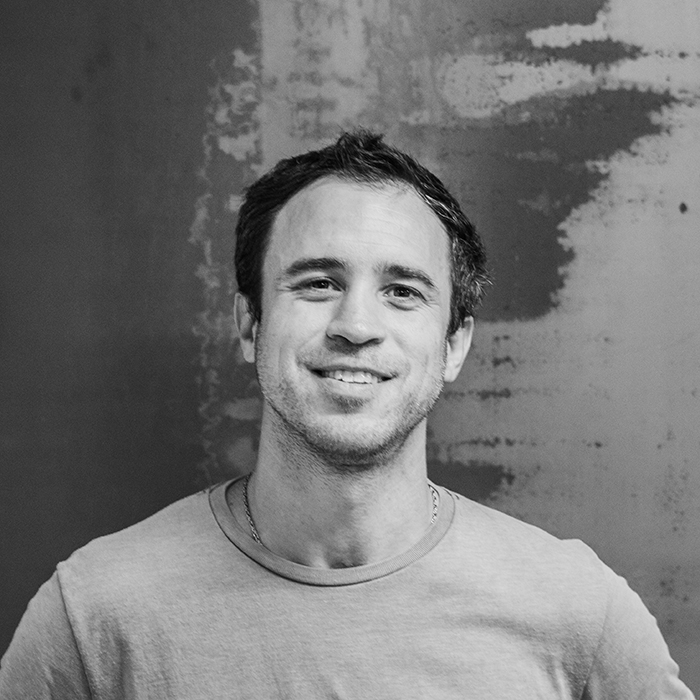
Francisco Gómez Paratcha
Architect, partner

Cristian Grasso
Architect, partner
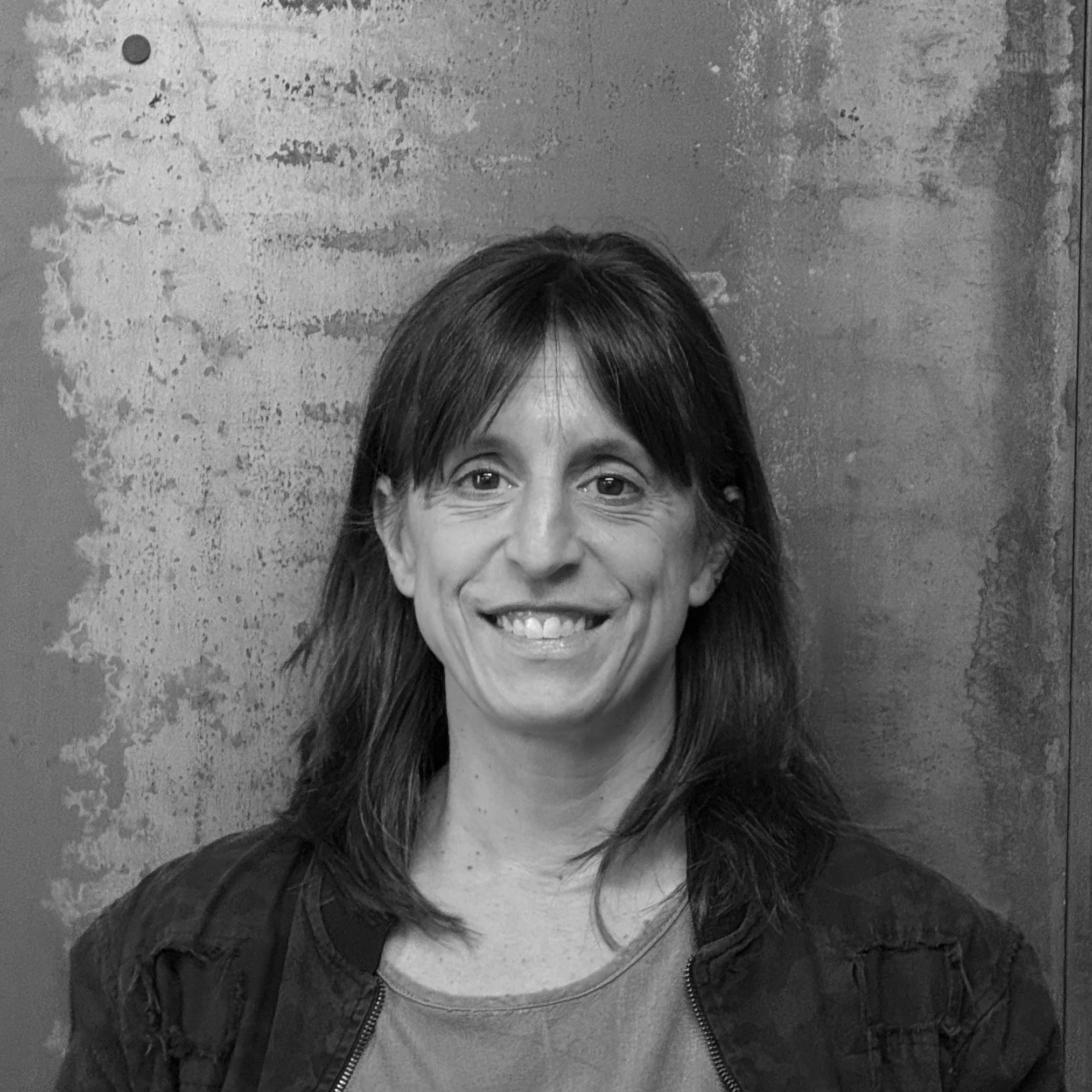
Carolina Tobar
Architect, partner
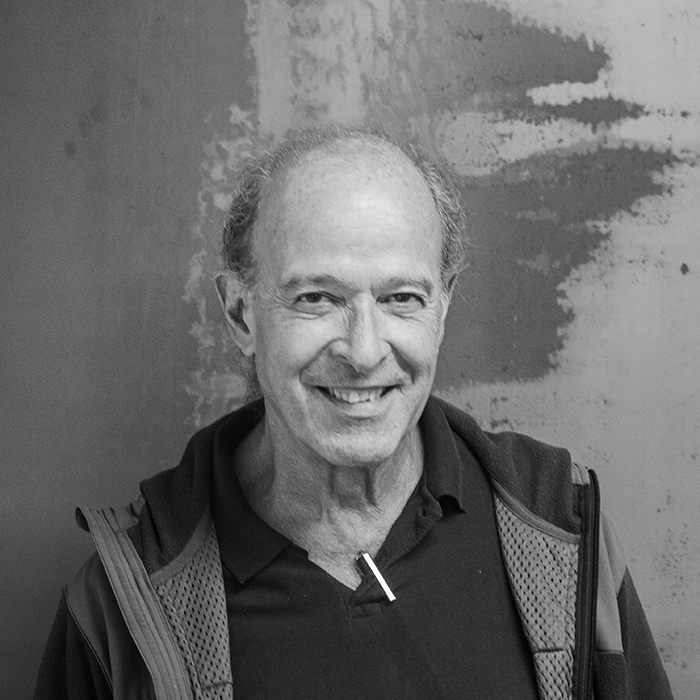
Marcelo Vita
Civil Engineer
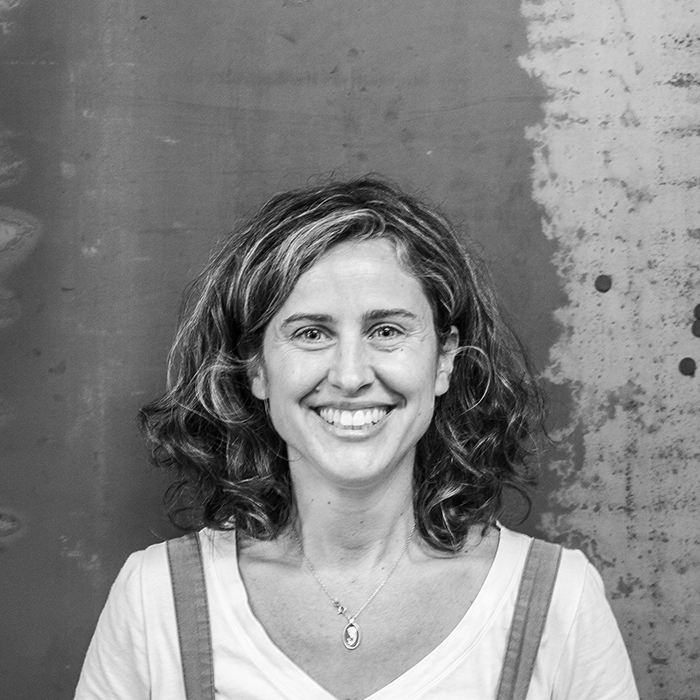
Maru de Elizalde
CFO
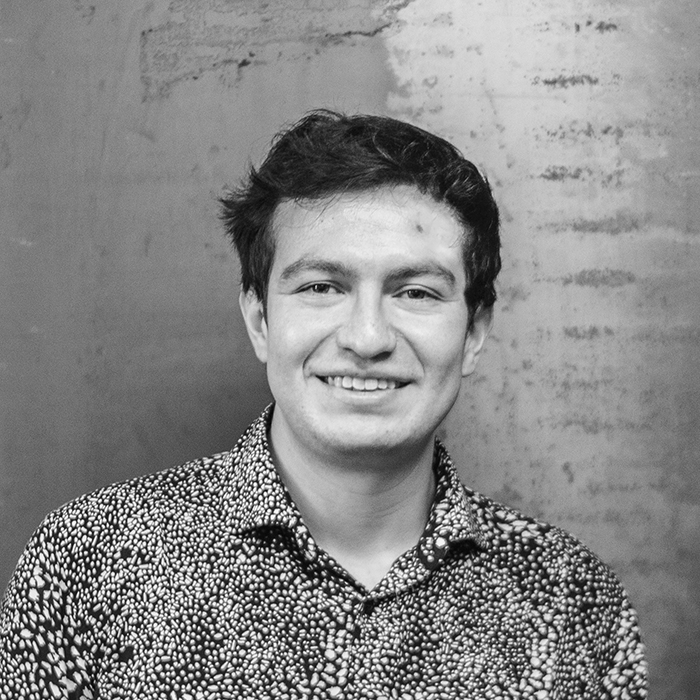
Jeff Arias
Architect
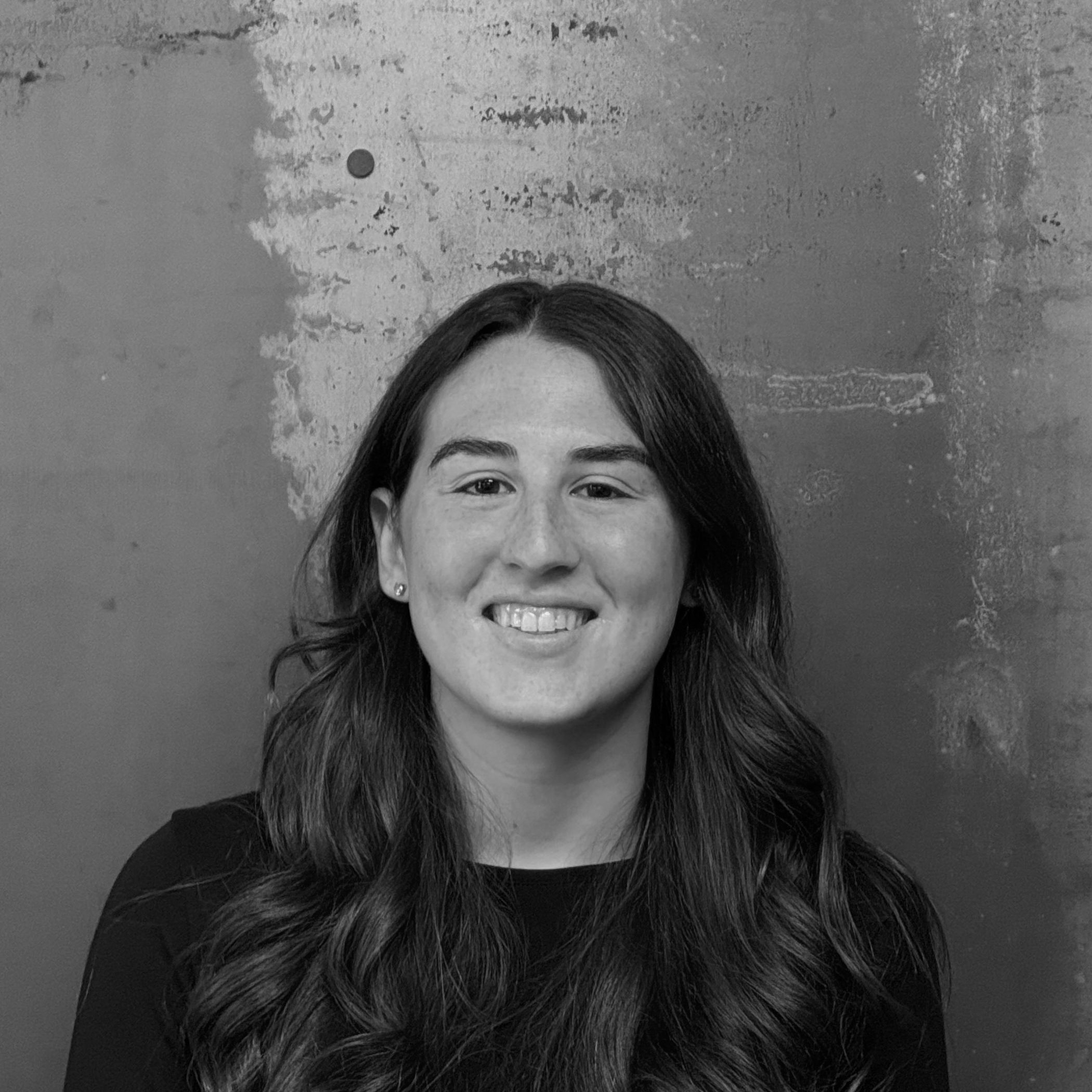
Letizia Peli
Intern
Matias Mosquera, Architect, musician, born in 1985 in Buenos Aires, Argentina, attended University of Buenos Aires.
From years 2011 to 2012, he was part of 3XN Design team in Denmark. After that, and through the year of 2020 he started BAM! Architecture along an associate partner, in which they achieved great acknowledgements on their work, including Architecture Biennials and other international organizations.
In the year of 2020, alongside a great team, he started AtelierM, where he furthered his work and exploration about architecture in different scales and regions, thus creating an avant-gard office.
Academically, he is currently teaching Architectural Design in the University of Buenos Aires, and has been doing so since 2018.
His work has been published in over 100 countries, and in several platforms, including Archdaily, Designboom, Dezeen, Clarin Arquitectura, Revista Trama, Living, Homify, Landscape Design, Casas Internacional, Arqa, 1:1, 30-60, Archilover, Architizer, Archello, Barzon, Detail, Design Milk, Catalogo Arquitectura.
Agustina Raskin
Lucia Ayerbe Rant
Pilar Navarro
Pacho Riva
Sebastian Karagozlu
Nico Krausse
Irina Demchuk
Dante Marinari
Paulina Szabo
2025 25 Best Architecture and Desig Firms in Argentina (7. AtelierM), Architizer
2025 Leading Architecture Studio for High-End and Sustainable Design, 2025 Global Elite Awards
2025 Most Innovative Architecture Firm 2025 (Arg), LuxLife Magazine
2024 Built Work Award CAPBA. 2nd Place, LuMa (Arg)
2024 Exhibition "Arquitectura Intermedia", MARQ (Arg)
2023 Best Luxury Architect Studio in Argentina (NY)
2022 Golden Trezzini Awards (Rus), Honourable Mention, ZigZag
2022 Golden Trezzini Awards (Rus), Honourable Mention, MeCa
2022 Bienal Internacional de Arquitectura de Buenos Aires (Arg), Obra seleccionada, MeCa
2021 Golden Trezzini Awards (Rus), Special Mention, Shire
2021 Golden Trezzini Awards (Rus), Special Mention, MaTo
2019 Ranking Excelencia Profesional Clarín (Arg), Voces emergentes y generación intermedia. Sext place.
2017 Concurso Vivienda sustentable Puertos (Arg), First place.
2017 Bienal Internacional de Arquitectura de Buenos Aires (Arg), Finalist, MeMo.
2017 Bienal de Diseño Fadu, UBA (Arg), Finalist, MeMo.
2017 Archdaily, Building of the year (US), Finalist, MeMo.
2016 Ecoparque Interactivo (Arg), Honourable mention
2013 Concurso Impatec (Arg), First place
2011 Oficinas RRHH, GR (Arg), First place
2010 Pabellón Bicentenario, SCA (Arg), Honourable Mention
email
info@atelierm.ar
web
atelierm.ar
Social media
IG
@atelierm.ar
IN
atelierm
Location
Juan José Díaz 594
San Isidro - PC: 1642 - Buenos Aires - Argentina

Location
Kitakaruizawa, Japón
year
2024
Team
Matias Mosquera, Francisco Gomez Paratcha, Camila Gianicolo, Cristian Grasso, Dante Marinari
This house is designed to seamlessly merge with the dynamic and ever-changing landscape of the Kitakaruizawa forest, where dense vegetation dominates in the warmer months, and snow blankets the terrain during winter. The site, with its steep slope and irregular topography, offers both challenges and opportunities. Rather than imposing on the land, the house seeks to embrace these natural conditions, working with the existing contours and large boulders scattered across the terrain. The concept behind the design is to create a home that feels rooted in the landscape, enhancing the natural features while providing a deeply immersive experience for those who inhabit it. By doing so, the architecture becomes a part of the environment, allowing the users to engage with the forest in new and meaningful ways.
The terrain itself plays a pivotal role in shaping the architecture. The house is designed with a single roof that rises in accordance with the slope, following the natural flow of the land. This gesture allows the building to integrate into the site in a way that feels organic, as if the structure emerges naturally from the earth. The design intent is to provide a gradual transition from the exterior to the interior, where each movement within the house becomes a part of the larger experience. The choice to align the roof with the slope also creates a unique spatial dynamic inside, where each room is positioned to engage with the topography in different ways, giving the users a heightened sense of the natural environment.
The interior of the house is laid out under the concept of “box within a box,” which allows for a layered organization of spaces. The main living areas are positioned at the extremities of the house, creating focal points that frame views of the surrounding forest and distant mountains. These spaces are where the interaction with the environment is most intense, allowing natural light to pour in and offering unobstructed views of the changing landscape. In contrast, the service areas are placed in a second layer within the structure, discreetly tucked away to maintain the focus on the primary living spaces. This thoughtful arrangement of spaces creates a sense of progression, inviting exploration and surprise as one moves through the house.
Once inside, the house reveals itself as an entirely different experience. While the exterior harmonizes with the natural surroundings, the interior transforms into a space that transcends the ordinary. The design shifts from a grounded simplicity to a more ethereal and surprising atmosphere. The intention is to transport users into another dimension, creating an environment that evokes a sense of wonder and curiosity. This interior transformation plays with contrasts—light and shadow, open and enclosed spaces—guiding the inhabitants through a carefully curated sequence of experiences that go beyond mere functionality.
Externally, the house employs traditional construction techniques, including charred wood cladding and a pitched roof. These elements serve to connect the house to its cultural and environmental context, blending with the forest while offering protection against the elements. The use of charred wood, in particular, not only provides a durable and low-maintenance exterior but also adds a textural quality that resonates with the rugged nature of the site. The pitched roof, a familiar form in traditional Japanese architecture, further anchors the house in its local context, while subtly hinting at the unique experience awaiting inside.
The house offers more than just shelter; it is designed to be an experience in itself. The architecture fosters a sense of discovery and awe, encouraging users to engage with their surroundings in unexpected ways. From the harmony of the house with its immediate environment to the transition into its interior spaces, the design aims to inspire a state of continuous wonder. By combining traditional construction techniques with modern spatial concepts, the house creates a unique dialogue between the past and present, nature and architecture, simplicity and transformation, making it an unforgettable experience for all who enter.